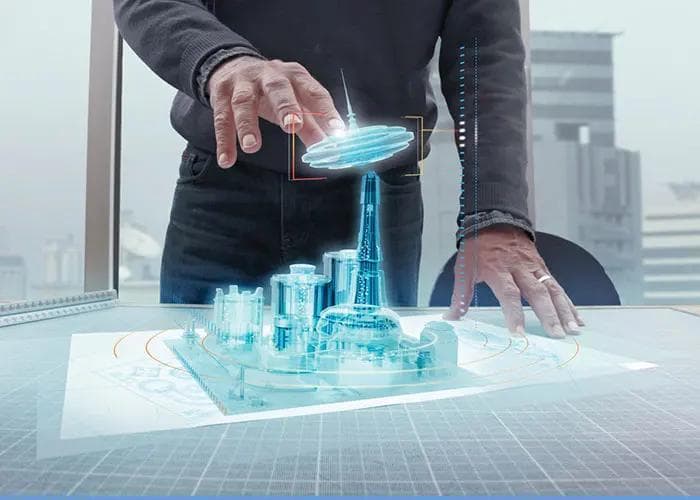
Published by:
Dalibor Vuchikj
11 Aug 2022
My vision is to support companies and organizations in the development and implementation of mechanical engineering and operational projects. As a Mechanical Engineer by education, combined with a deep passion for new technologies. Specialize in offering cutting-edge digital methods and technologies, including 3D scanning, intelligent 3D modeling, documentation, 3D data processing and optimization, analysis, simulations, VR integration, and more.
Predicting Future Defects And disasters with Digital Twin Technology
Utilizing Digital Twin technology to predict future defects, deformations, and potential disasters is revolutionizing industrial maintenance and safety. By employing high-precision 3D laser scanning of industrial facilities and analyzing the physical characteristics of parts, systems, or machines, we can create intelligent BIM (Building Information Modeling) models. These models include essential characteristics such as materials, connections, and temperature, allowing for comprehensive analysis and monitoring of deformations and behavior.
Repetitive Analysis for Accurate Predictions
Repeating this method multiple times on the same system at consistent intervals and locations, under similar environmental conditions (temperature, humidity, vibration, etc.), enables us to predict future damage and deformation. By placing several monitoring points in critical parts of the system and analyzing them through multiple scans (at least three), we can predict future deformations. From these deformations, we can anticipate defects, and from defects, we can foresee potential disasters.
Simulation and Prediction
If deformation calculations are complex, coordinates can be entered into software solutions for simulation and prediction. This comprehensive approach also considers the interactions between the system and other systems, fasteners, and constructions. Through this method, we can identify the causes of deformations and defects, often stemming from incorrect use, improper installation, or interactions with other systems and parts within the industrial facility.
Benefits of 3D Laser Scanning Technology
Using 3D laser scanning technology for data capturing, coupled with intelligent BIM models and advanced simulation software, leads to more cost-effective maintenance, enhanced safety, and a cleaner environment. This approach ensures maximum utilization of parts, systems, and machines.
Conclusion
In conclusion, 3D technologies offer significant benefits in analysis, simulations, and control within industrial settings. By leveraging these technologies smartly, we can pave the way for a brighter, safer, and more efficient future. Embracing Digital Twin technology and 3D laser scanning transforms how we predict and prevent future industrial issues, ensuring robust and reliable operations.
We hope this clarifies the advantages of using 3D technologies in your industrial projects. Should you have any questions, please feel free to reach out.